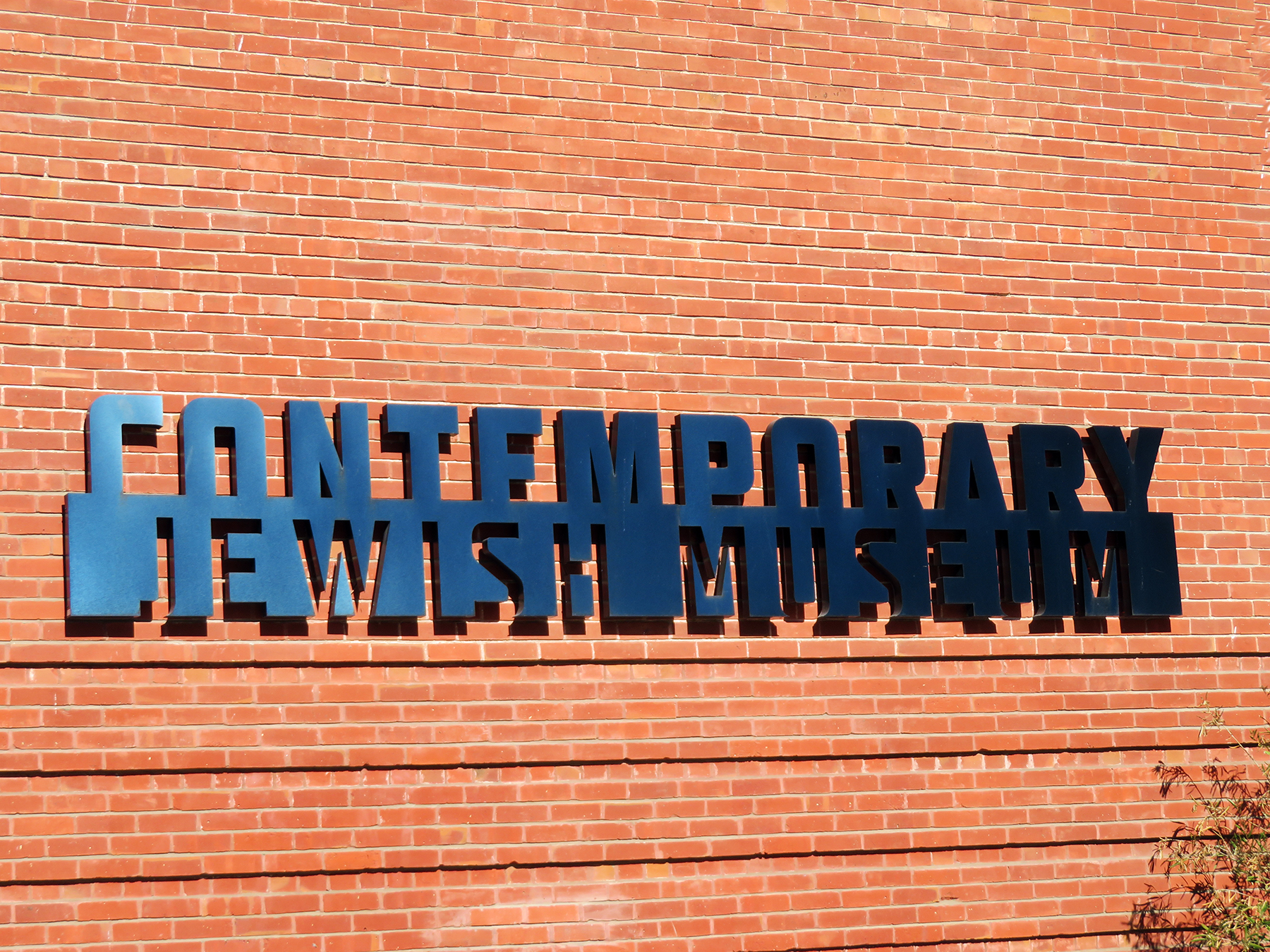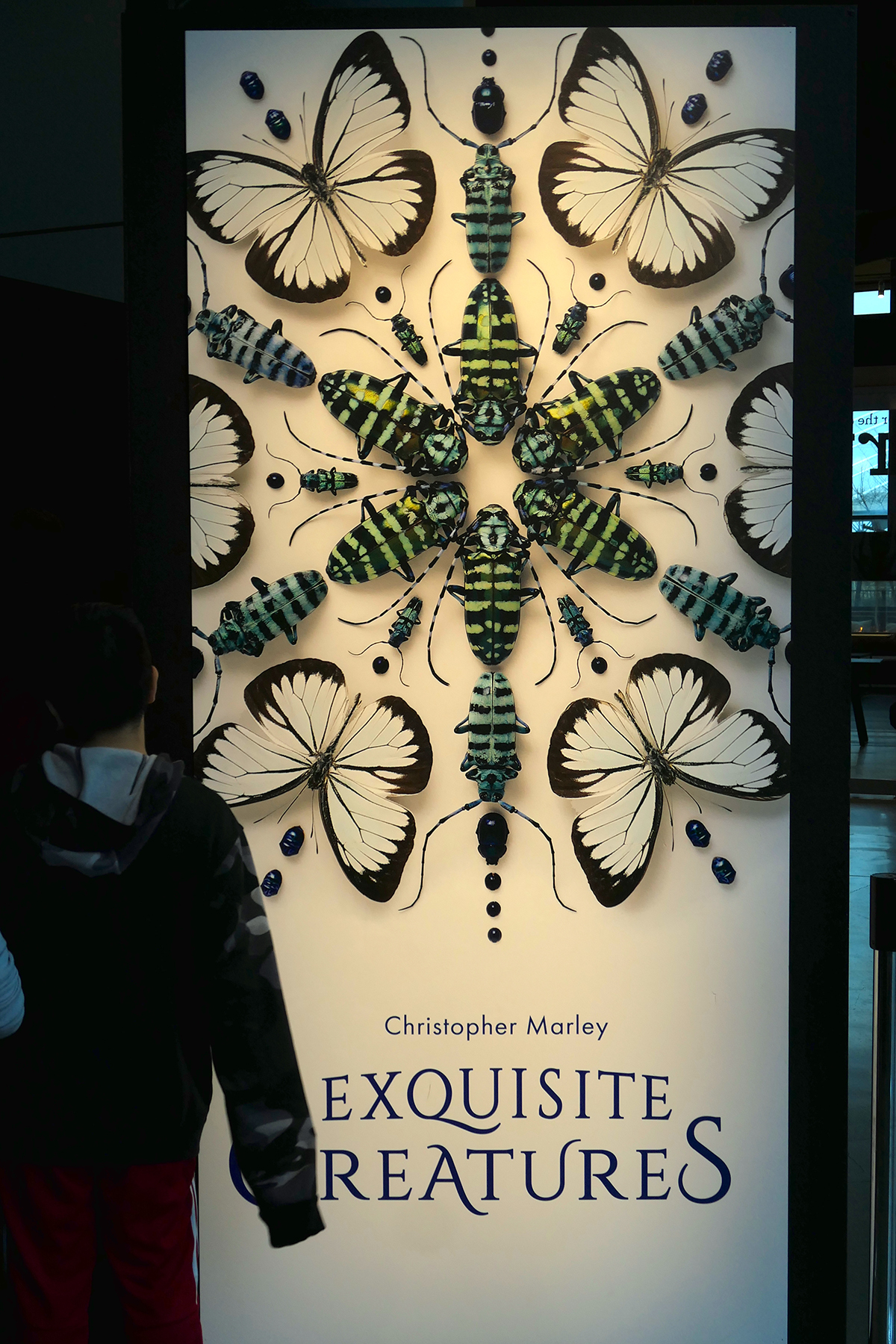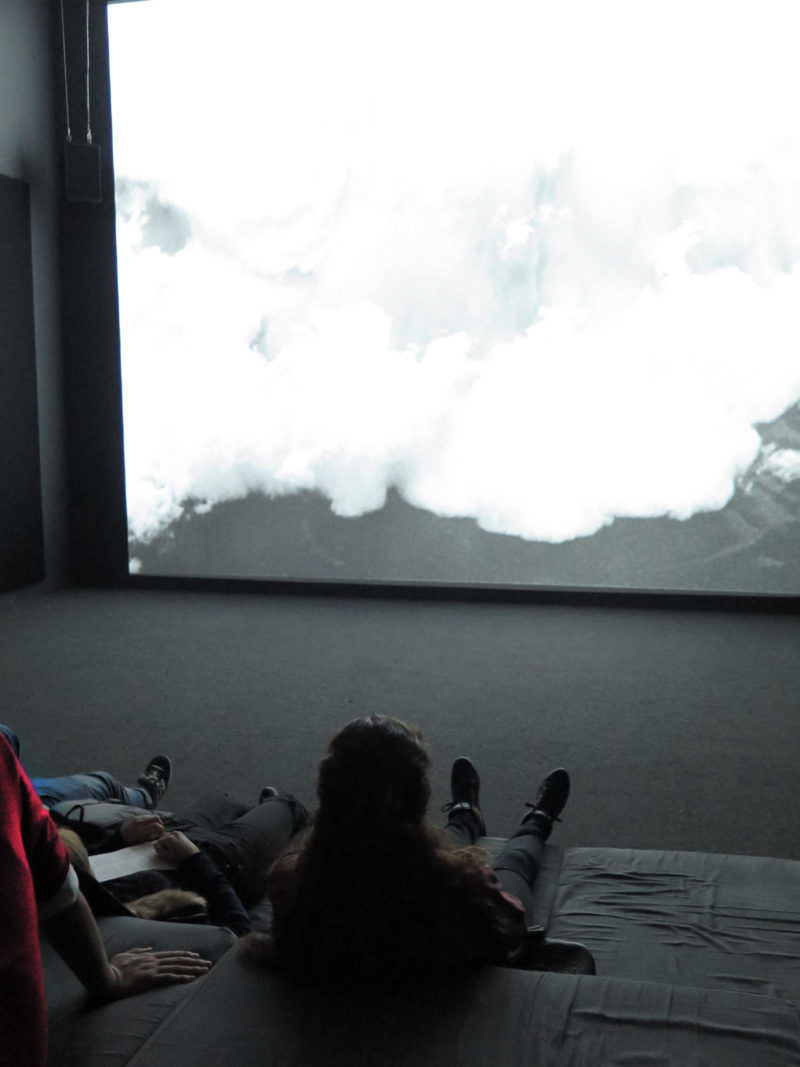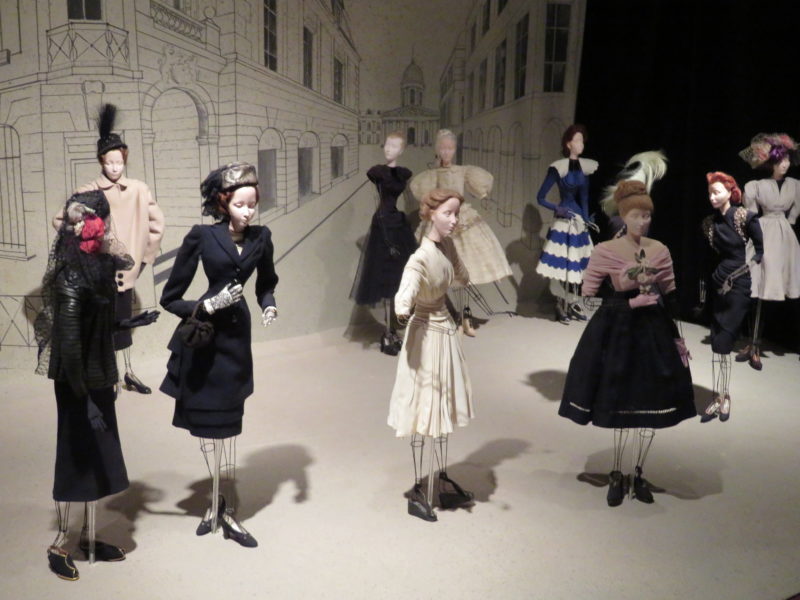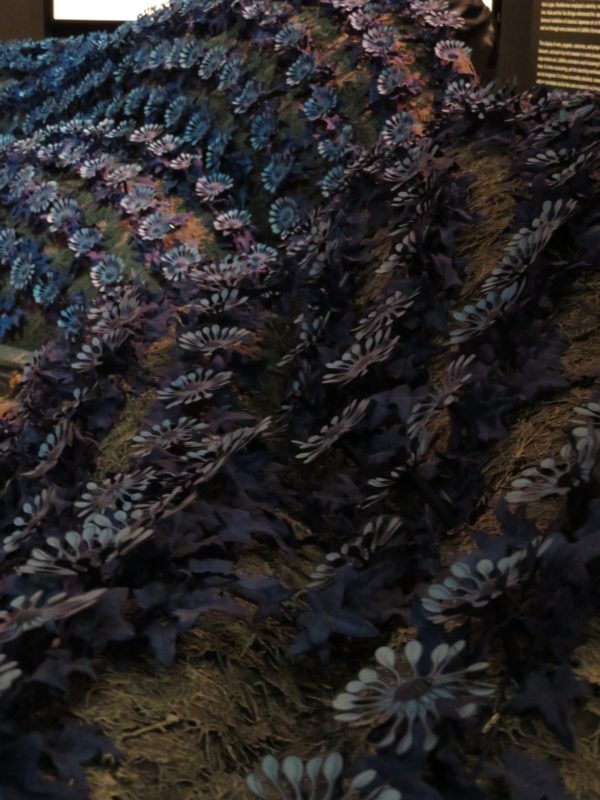Other than my son’s and my apartment, the doctor’s office and the pharmacy, I have not been anywhere inside a building in my three months in San Francisco. With regret, that avoidance extends to museums. Even though some have re-opened, with strict Covid-19 restrictions, I will not take risks when I don’t have to.


So I stood outside the Contemporary Jewish Museum (CJM) with frustration. I had visited before and would have loved to repeat the overall positive experience (they are reopening on 10/17). The museum has an interesting approach, praised by some, criticized by others, that includes having no permanent collection, and exploring the influence that Jewish ideas and concepts have had on our culture, rather than Jewish identity and history per se.

CJM’s mission statement to make “the diversity of the Jewish experience relevant for a 21st-century audience” is reflected in a plethora of curated and traveling exhibits, educational programs and events. As of two years ago, the most recent statistics I could find, 70 original and traveling exhibitions — an average of seven per year — as well as a vast number of educational programs, community events and opportunities for engagement were offered. More than 1.2 million people have visited since the new building opened in 2008; in 2017, the museum drew 125,000 visitors, 20,000 of them through school programs.
Worries that community engagement would overshadow representation of community achievement did not exactly pan out.
“The Contemporary Jewish Museum was thrust back to its community origins. But it is not concerned with recounting the origins of that community, nor with chronicling its triumphs and trials. You won’t find exhibitions about Levi Strauss, who began the jeans empire here and became a Jewish philanthropist.”
Hmmm.

Founded as a community organization in 1984, it grew rapidly and in 2002 embarked on a merger with another major Jewish museum, the Judah L. Magnes Museum in nearby Berkeley, which has the third-largest collection of Judaica in the United States. The union was called off in no time, given different perspectives and goals, which left CJM to fend with a much reduced budget (still ending up at $47.4 million for the construction) to re-build in a new location.
Which brings us to the building, all I could photograph this time around.

Designed by Studio Libeskind, with some of Daniel Libeskind’s familiar esoteric trademarks observed in his other designs, the building incorporates parts of a former PG&E substation on Minna Street. The station had been damaged in the 1906 earthquake and, although restored in 1907, had never played another role until the Jewish Community Museum board bought it from the San Francisco Redevelopment Agency in 1994 for $1.

Put together with the newly erected, upended blue-steel box astoundingly balancing on one corner atop CJM, the combination is supposed to form the Hebrew word l’chaim (life), the ‘chet’ providing continuity for the exhibition and educational spaces, and the ‘yud’ serving as special exhibition, performance and event space.

Honestly, I wouldn’t have guessed that, if I hadn’t read about it. But then again, my first association with the cube were thoughts of another one, located in Mecca and being the holiest site in Islam, the Al-Kaaba Al-Musharrafa mosque or Kaaba. That one, which used to be on my bucket list to see before Covid-19 made all thoughts of travel obsolete, is covered by a curtain and of course squat. But cube associated with cube… and, as you would have predicted, I liked the imagined linkage between the Abrahamic religions.

The cube on site here is truly beautiful, even without a fabric cover, providing a sense of tapestry on its own. Clad in 3,028 luminous blue sheets of iridescent cross-fire interference stainless steel, it is finished in a unique cross-hatching surface that helps to diffuse and soften the reflection of light off the stainless steel. The panels change color depending on your view point, the time of day, the amount of shifting light due to clouds.

I don’t care that it is a scaled down version of an original plan (which was supposedly a sort of golden spaceship linked to the brick walls of the substation) by an architect who is, I am told, often scolded to be a one-trick pony, with crystalline structures used for a casino in Singapore, condo towers in Sacramento and St. Louis and a shopping center for the Las Vegas strip, among others.
“The buildings seem to be the same thing over and over again,” suggests Aaron Betsky, former curator of architecture for the San Francisco Museum of Modern Art and now director of the Netherlands Architecture Institute.(Ref.)

It is alive in the way it invites and reflects light, the way the windows provide anchors for curiosity, the way it beckons exploration while maintaining a sense of mystery, the way it exudes a kind of cautious optimism thinking it can pull of its balancing act – all reminiscent of Jewish culture throughout history.

Here is a CJM website that offers a variety of programs for your perusal.
For music I chose Elie Massias (starts at 7:45 on the video.)
